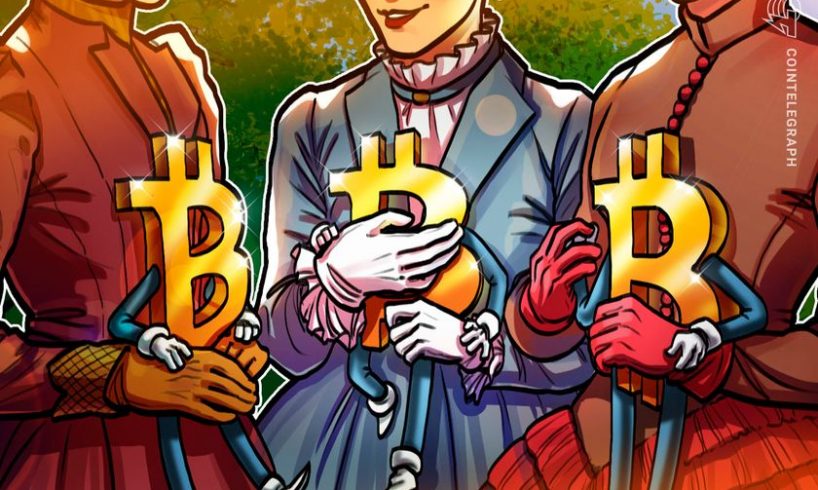
Bitcoin (BTC) registered a 5.9% gain between June 2 and 5, but its rally was halted at $71,746. This movement was supported by a nearly $1 billion worth of inflows into U.S.-listed Bitcoin spot exchange-traded funds, indicating strong demand from institutional investors.
Bitcoin’s bullish momentum was also fueled by the significant growth of the U.S. banking sector’s unrealized losses. However, despite favorable conditions, including a more crypto-friendly stance from U.S. lawmakers, Bitcoin was unable to break above $72,000.
Regulatory uncertainty persists despite positive developments
According to Matt Hougan, Bitwise’s chief investment officer, regulatory uncertainty has hindered financial advisers from increasing their crypto exposure. Nevertheless, Hougan believes the U.S. is moving toward regulatory clarity, a shift that began when Democrats voted to repeal the U.S. Securities and Exchange Commission’s (SEC) Staff Accounting Bulletin 121.
The SEC’s approval of spot Ethereum ETFs is another sign that U.S. regulators are less inclined to pick anti-crypto disputes after multiple court losses, including Grayscale’s GBTC Trust conversion into a regular ETF. However, Bitwise’s Hougan notes that U.S. President Joe Biden’s veto of the SAB 121 repeal shows that “crypto still has a long way to go.”
According to a Federal Deposit Insurance Corporation (FDIC) report, U.S. financial institutions are currently carrying $517 billion of accounting loss due to the impact of higher rates on their residential mortgage-backed securities. The report, published on May 29, states that 64 banks were on the brink of insolvency in the first quarter of 2024.
Bitcoin’s price may drop ahead of negative macroeconomic events
BitMEX co-founder Arthur Hayes argued that the most likely fix is to “print more money,” which is exceptionally favorable for scarce assets like Bitcoin. In Hayes’ view, Bitcoin’s 43% bull run over 30 days that began in March 2023 was triggered by the collapses of Silicon Valley Bank and Silvergate Bank. A similar pattern could unfold in 2024.
However, even if this theory is correct, meaning…
..






